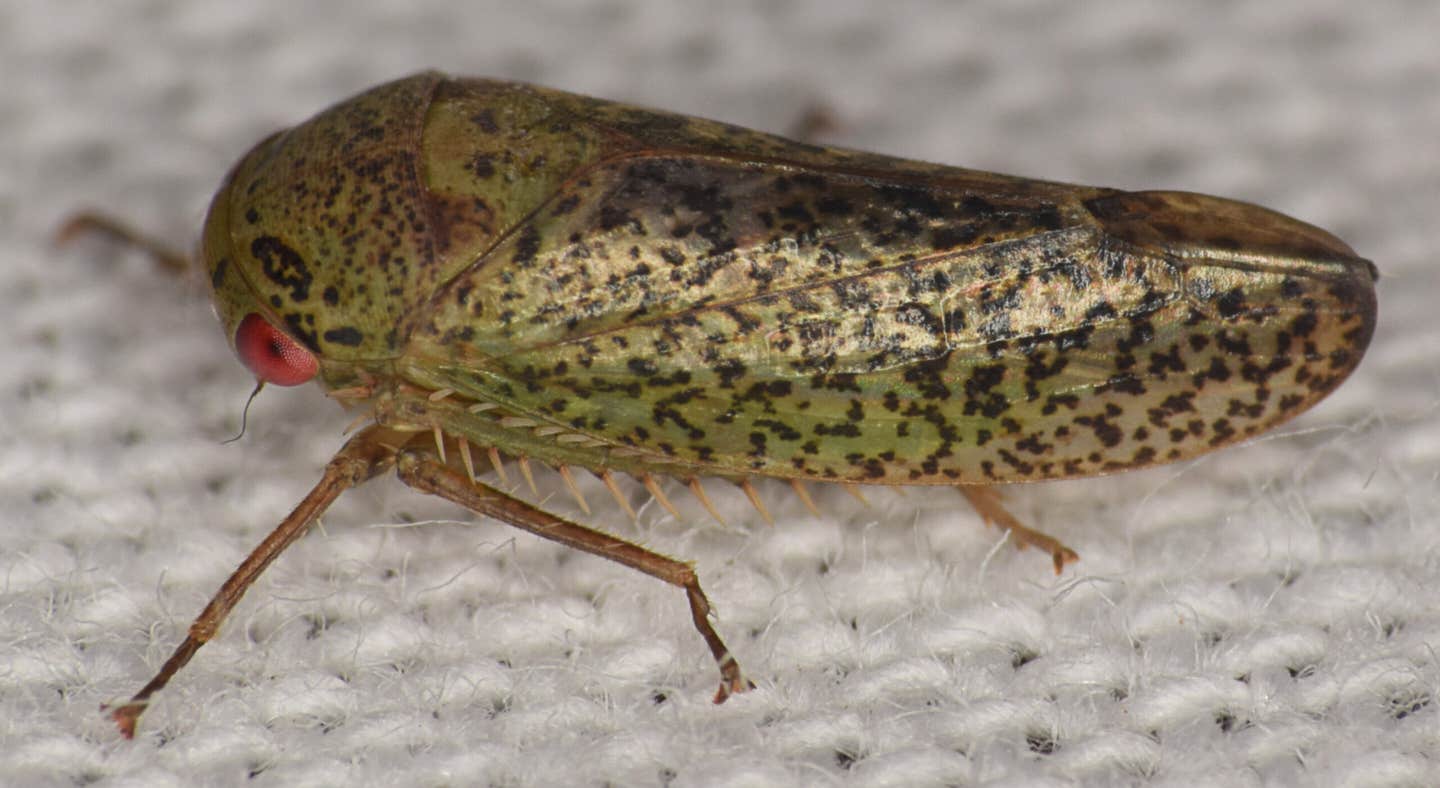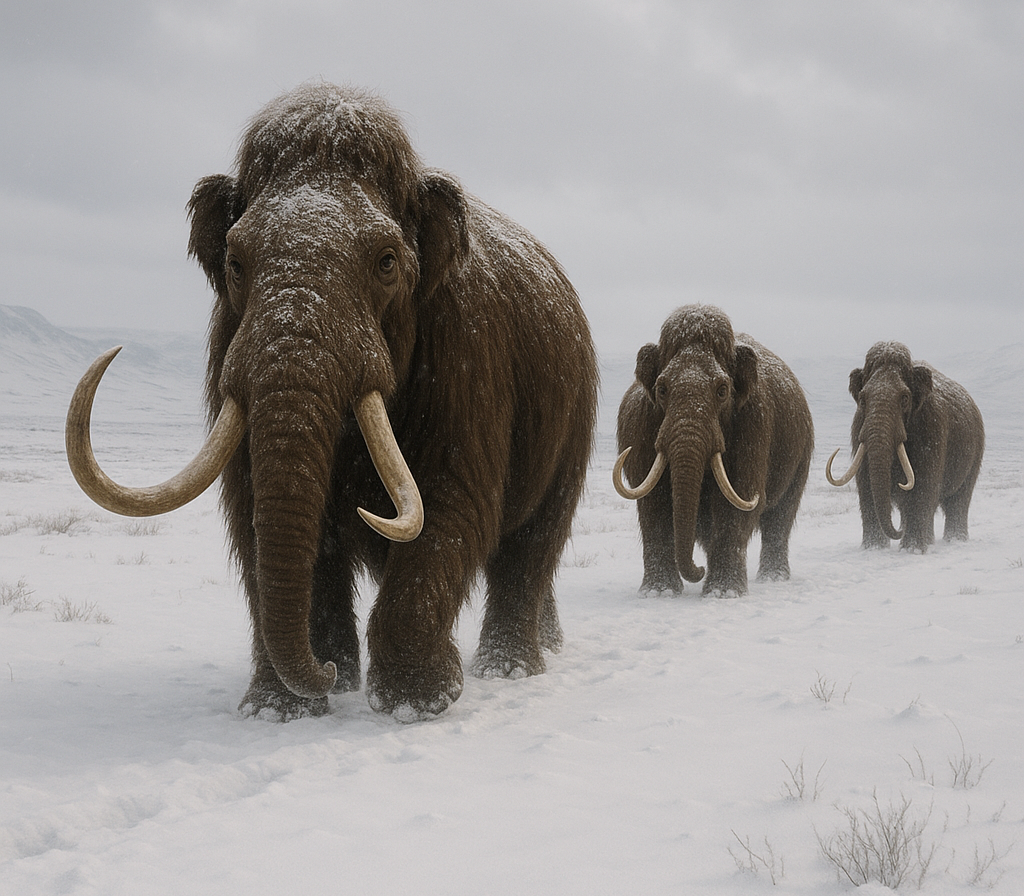Scientist discovers seven never-before-seen species of a distinctive frog-like insect
Seven new frog-like insects discovered in Uganda reveal hidden rainforest biodiversity and provide a touching tribute to the scientist’s deceased mother.

 Edited By: Joseph Shavit
Edited By: Joseph Shavit

Batracomorphus pardos – one of the seven new species of leafhopper discovered by Dr. Alvin Helden. (CREDIT: Dr. Alvin Helden, Anglia Ruskin University)
Deep in the high rainforest of Uganda, seven tiny frog-shaped insects have added an unexpected chapter to the story of life on Earth. Their bodies are only a few millimeters long, but their discovery carries a sense of wonder that reaches far beyond the forest canopy. A careful study has now confirmed these leafhoppers as new to science, offering a reminder of how much of the natural world still waits to be found.
A Daunting Hunt in a Mountain Rainforest
The expedition started on cloud forest-covered slopes inside Kibale National Park, where researcher Alvin Helden from Anglia Ruskin University arranged light traps at heights exceeding 1500 meters. The glowing sheets attracted tens of hundreds of insects each night.
Most of the specimens were of species previously studied, yet a few were unexpected discoveries. The unexpected discoveries belonged to the genus Batracomorphus, which is known for having frog-like bodies, large eyes that face forward, and long back legs that can be folded close to the sides of the body.
These characteristics allow them to leap away from danger with surprising velocity, comparable to a small, green frog. Their taxonomic name originates from the Greek for "frog shape," which describes their morphology. Before this study, two species in this taxon were found in the UK, and none had been newly documented in Africa within the previous 40 years.
A Tiny Puzzle
The process of confirming that these insects belonged to a new species was substantially more challenging than the physical act of collecting them. Many leafhoppers appear statistically indistinguishable, and common characters such as body color, shape, and wing patterns yield little to no assistance in identifying these taxa. Rather, Dr. Helden had to depend upon the one character that reliably varies from species to species: the genitalia.
Leafhoppers exhibit what biologists call a “lock and key” reproductive mechanism, where the male side acts as a key that fits exactly into the female of the same species. This level of precision, formed from the same thickened material as a leafhopper’s exoskeleton, ensures the two species do not interbreed, but it also means that springtails must be observed with the use of a microscope to establish species distinction.
It is slow and deliberate work to identify each species, and even with the study into the late hours of the evening, it still takes many hours to identify each leafhopper. But once the characteristics of some sample specimens became clear, the role became apparent and visible; these leafhoppers were not variants of a known species, they were seven new species adding to the total of more than 380 species of Batracomorphus found globally.
More Than Small Insects
For Dr. Helden, a researcher at the Anglia Ruskin University Ecology, Evolution, and Environment Research Centre, the discovery of new species was not only a scientific exchange, it was personal.
“Leafhoppers are particularly beautiful creatures, and they are an important food source for birds and other insects, and their presence indicates the ecosystem is healthy,” he mentioned. He added, “Field work can be physically demanding; the heat and humidity, and long hours are tough on even the most clinical-minded researcher. In all cases, when you can finally observe the new species, the moment of realization is a reward in itself. It is very satisfying to discover a new species; it makes all the work worth it.”
Six of the new leafhoppers were given Greek names associated with their appearance or the location they were found. The seventh, the leafhopper named Batracomorphus ruthae, has a personal meaning which stems from attributing the name to his mother, Ruth, who died in 2022.
Dr. Heiden mentioned that his mother was a lab scientist who would encourage his early curiosity, would buy him his first microscope, and that he still uses it until today. He explained that he thought a species named after her would be the best tribute to her influence.
A Small Glimpse Into a Hidden World
The findings, which are published in the journal Zootaxa, support a very significant as well as biological conclusion of how many species remain unseen in fields or wilderness areas around remote regions. Leafhoppers reside quietly in the various "hosts" in which they feed upon the sugary "sap".
Leafhoppers also serve as a food source for birds, spiders, and other insects. In some cases, several leafhopper species feed on valuable crops like maize and rice. However, most leafhoppers provide beneficial features as part of their inhabitants and are reasonable proxies for monitoring the health of their surrounding environments.
This particular finding points out how montane forests like those in Uganda harbor significantly high numbers of species that may not exist in any other areas. The identified species are, therefore, even better documented as global climate change alters the landscapes and habitats over time.
New species described from these locations add another chapter to the story of how these ecosystems and habitats exist, and what could be lost if they are irrevocably altered.
Research findings are available online in the journal Zootaxa.
Related Stories
- 150-million-year-old fly fossil redefines insect evolution history
- Scientists regrow frog’s lost leg. Could human limbs be next?
- Scientists rethink animal consciousness: Reptiles, fish, and insects may be sentient
Like these kind of feel good stories? Get The Brighter Side of News' newsletter.
Mac Oliveau
Science & Technology Writer
Mac Oliveau is a Los Angeles–based science and technology journalist for The Brighter Side of News, an online publication focused on uplifting, transformative stories from around the globe. Passionate about spotlighting groundbreaking discoveries and innovations, Mac covers a broad spectrum of topics—from medical breakthroughs and artificial intelligence to green tech and archeology. With a talent for making complex science clear and compelling, they connect readers to the advancements shaping a brighter, more hopeful future.



